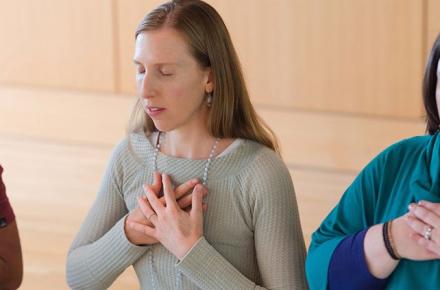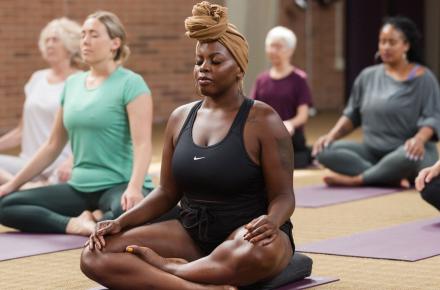The Life of Swami Kripalu
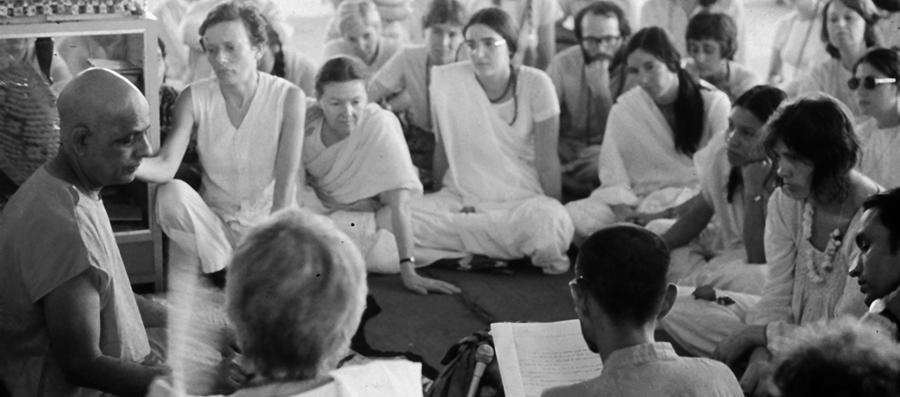
Kripalu's namesake was a yoga master renowned not only for the depth and dedication of his practice but also for his humor and compassion—Kripalu translates as "compassion" or “one who is compassionate.” According to Kripalu Historian Vandita Kate Marchesiello, the Kripalu approach stems directly from the teachings of Swami Kripalu, and is based on the philosophy of Sanatana Dharma, or the “Perennial Wisdom,” the recognition that all the world’s wisdom traditions stem from a shared universal truth that we can experience directly through various spiritual disciplines.
“What Swami Kripalu offered, and what Kripalu continues to foster today,” Vandita says, “is a nondogmatic, nonsectarian approach to the Perennial Wisdom through the practice of yoga.” It is a practice and an approach that can serve us well in times of trouble and challenge, as well as in navigating the ups and downs of daily life. By tapping into the wisdom of yoga, both on and off the mat, we access resilience, flexibility, a stronger sense of self, and a more deeply felt connection to others and the world.
Here's a look at the life of the yoga master who inspired the work that Kripalu has been engaged in for the last 48 years.
1913
Swami Kripalu—whose given name was Saraswati Chandra Majmudar—was born on January 13, 1913, in an impoverished, pre-partition India just emerging from 150 years of British rule. He was born in Gujarat, and grew up near the small town of Baroda, in the rustic village of Dabhoi. Read more about Swami Kripalu's early life.
1930–35
He begins his studies of yoga, Ayurveda, physiology, psychology, and ancient texts, including Patanjali's Yoga Sutras. The eight-limbed path of the yoga sage Patanjali—consists of asana (postures), pranayama (breath control), pratyahara (looking inward), dharana (concentration), dhyana (meditation), samadhi (bliss), and the yamas and niyamas—would form the basis of Swami Kripalu's teachings.
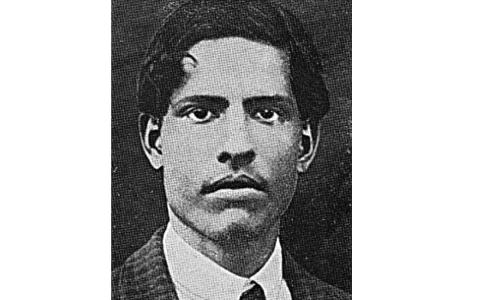
1942
He is initiated as a renunciate and swami, and given the name Swami Kripalvananda, meaning "compassionate one." He goes on to revitalizes the ancient teachings of yoga, making them applicable to contemporary practitioners. Read more about Swami Kripalu's life as a renunciate monk.
1950
After nearly 20 years of in-depth study, Swami Kripalu, now age 37, begins to practice asana along with six hours of meditation and pranayama each day. He believed that direct experience on the mat or meditation cushion helped to catalyze growth and bring the teachings of yoga to life.
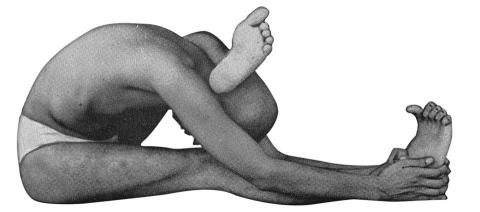
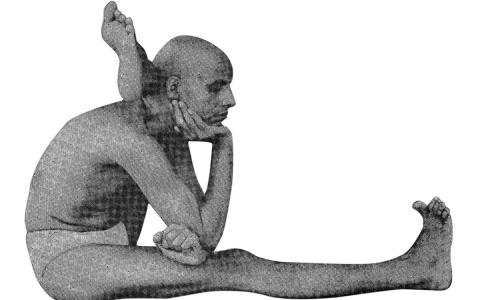
1966
Amrit Desai, a disciple of Swami Kripalu, establishes the Yoga Society of Pennsylvania to advance the study of yoga in the West. The Yoga Society will evolve into Kripalu Center for Yoga & Health.

1977
Swami Kripalu visits the Kripalu ashram, now located in Summit Station, Pennsylvania, to share his teachings on practice, compassion, and love. He spoke of retreat centers as “laboratories that establish truth by experiments … Like the temples of the past, today’s spiritual centers will serve as the source of yoga and spiritual culture to spread all over the world.”
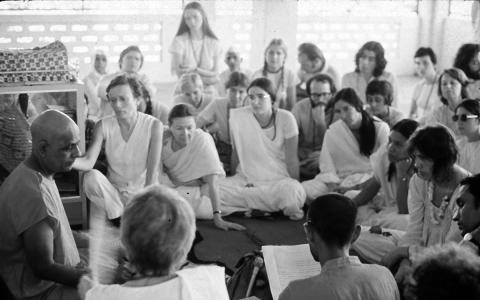
1981
Due to failing health, Swami Kripalu returns to India to be with his many followers, and dies shortly thereafter. He leaves behind a legacy founded in practice, service, and love. As he said, “Truly, the wise proclaim that love is the only path … and the only scripture.”










































